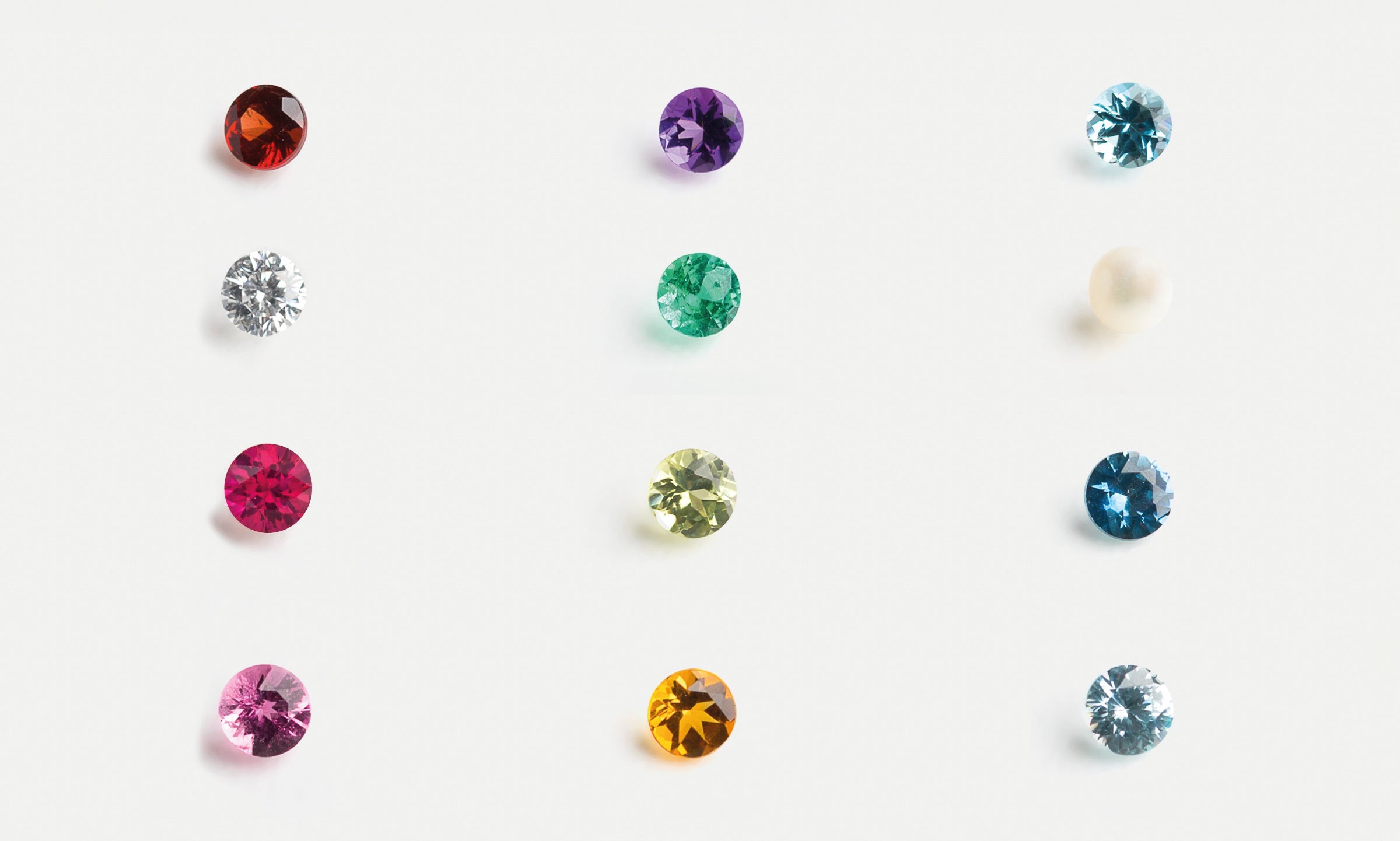Epidote is a silicate mineral with a chemical composition of Ca2(Al2,Fe)(SiO4)(Si2O7)O(OH). It often occurs as monoclinic crystals (crystals that have three unequal axes with one oblique intersection) in pegmatites. It is also found as massive crystals in schists and marbles that result from contact metamorphism.
The name Epidote also refers to a supergroup of minerals that share the same crystal structure of isolated and paired silica tetrahedrons. They have a chemical composition A2M3(Si2O7)(SiO4)O(OH).
Read on to dig deeper into the history and qualities of this mineral.
The Physical Properties of Epidote
Epidote comes in an array of green colours. It typically ranges from yellowish green to pistachio green. Some specimens can have a brownish green to black shade. Massive Epidote crystals are translucent to opaque. Crystals that occur on marble and pegmatite are transparent with a glassy luster.
Epidote is a rock-forming mineral. Many rocks that have undergone regional metamorphosis contain certain amounts of this silicate mineral. Examples of rock types that have significant Epidote content are Unakite and Epidosite.
The crystals of Epidote are usually long, slender, and prismatic in structure. They can also be tabular or striated, with terminations shaped like wedges. Some crystals may contain layers of late-growth small crystals forming upon a larger crystal.
While it is rated 6 on the Mohs hardness scale, Epidote is a brittle mineral. It displays a perfect cleavage and forms conchoidal to uneven fractures when exposed to pressure.
Epidote bears some semblance with the calcium aluminium sorosilicate mineral Clinozoisite. At a glance, one cannot easily distinguish one from the other because the two minerals look exactly alike. The only striking difference is that unlike Clinozoisite, Epidote lacks iron in its structure.
The History of Epidote
For years, Epidote was considered to be the same mineral as Actinolite. It wasn't until the nineteenth century that it was identified as a mineral of its own. In 1801, the French crystallographer Rene-Just Haüy named the mineral which comes from the Greek word epidosis, meaning ˜increase,' referring to one side of the mineral's prism being longer than the other.
Epidote has no notable uses as an industrial mineral. It is also used less frequently in gemstone production. Transparent crystals of finest quality are cut into faceted stones which are a hit among collectors.
The mineral can be found all over the world, but the most popular extraction sites are in Austria, France, Italy, Sweden, Mexico, and the US.

The Lore of Epidote
It is believed that Epidote delivers healing benefits to the mind and body. Wearing an Epidote gemstone is said to remove negative and repressed feelings. It can also help its wearer conquer the fear of speaking and to be able to express thoughts clearly. In addition, Epidote assists its user in centering his thoughts. The stone also helps in detoxifying the body, boosting the immune system, and facilitating healing.
The Metaphysical Properties of Epidote
Epidote enhances perception and communication with spiritual beings, promoting spiritual growth. It also works to eliminate negativity and raise vibrations. It helps its user reconnect with and stay grounded with nature.
Epidote also helps in promoting self-development. It instills patience and widens a person's awareness of his strengths, weaknesses. Epidote teaches its user to raise their vibrational thoughts, words, and actions to transform their physical realities. It also increases spiritual energy in people who are feeling anxious and depressed.
Note: There is no scientific evidence that supports the effectiveness of mineral stones and crystals in treating ailments. All information published here is purely for educational purposes.
Scientists attribute the healing impact to the placebo effect that takes place when using stones and crystals. Holding stones and meditating with them is said to trigger the release of feel-good hormones (endorphins and dopamine) in the brain.
Sources:
King, H. (n.d.). Epidote. Geology.com. Accessed at https://geology.com/minerals/epidote.shtml
The Mineral Epidote. (n.d.). Minerals.net. Accessed at https://www.minerals.net/mineral/epidote.aspx
Epidote. (n.d.). Mindat.org. Accessed at https://www.mindat.org/min-1389.html
Houston, D. (n.d.). Epidote: Meanings, Properties and Power. Crystals & Jewelry.com. Accessed at https://meanings.crystalsandjewelry.com/epidote/
Franz, G. & Liebscher, A. (2004, January 2). Physical and Chemical Properties of the Epidote Minerals“An Introduction. GeoScienceWorld. Accessed at https://pubs.geoscienceworld.org/msa/rimg/article-abstract/56/1/1/87517/Physical-and-Chemical-Properties-of-the-Epidote?redirectedFrom=fulltext
Epidote Meaning, Powers and History. (n.d). Jewels for Me. Accessed at https://www.jewelsforme.com/gem_and_jewelry_library/epidote





